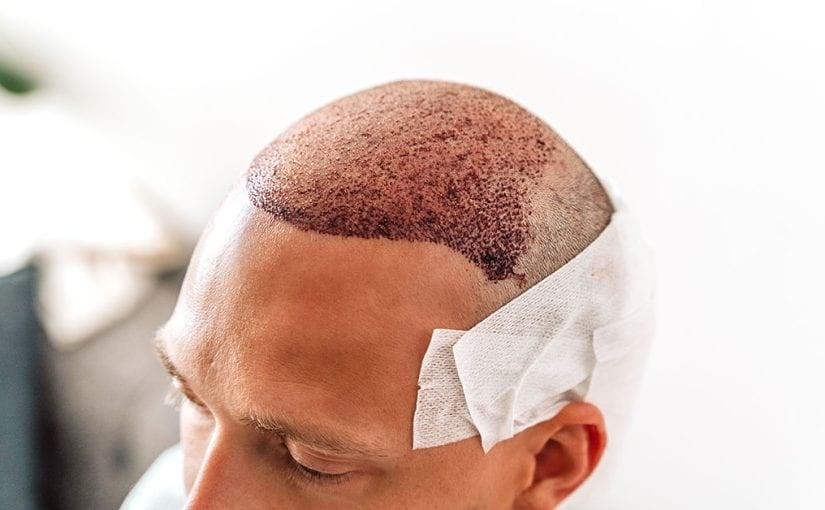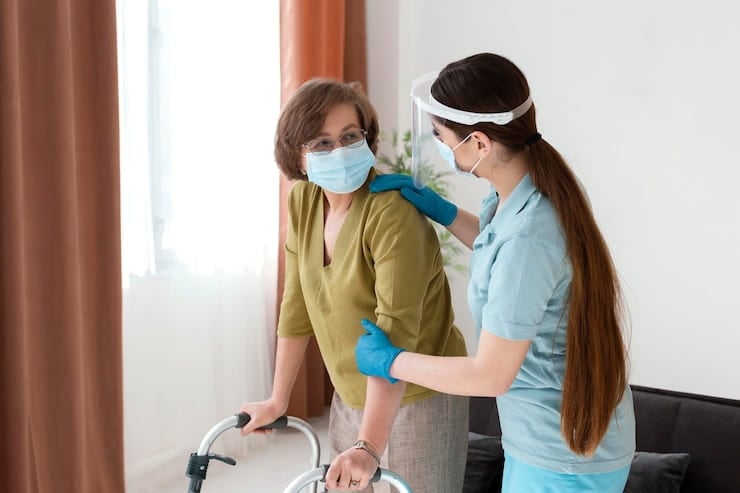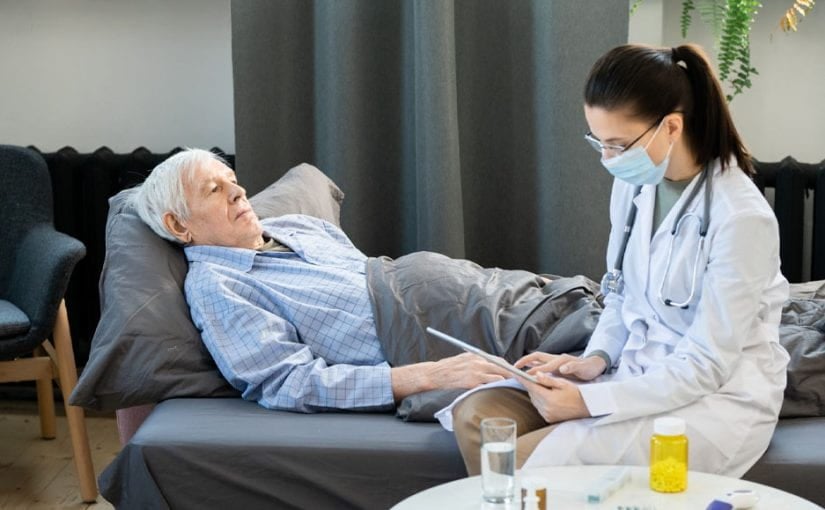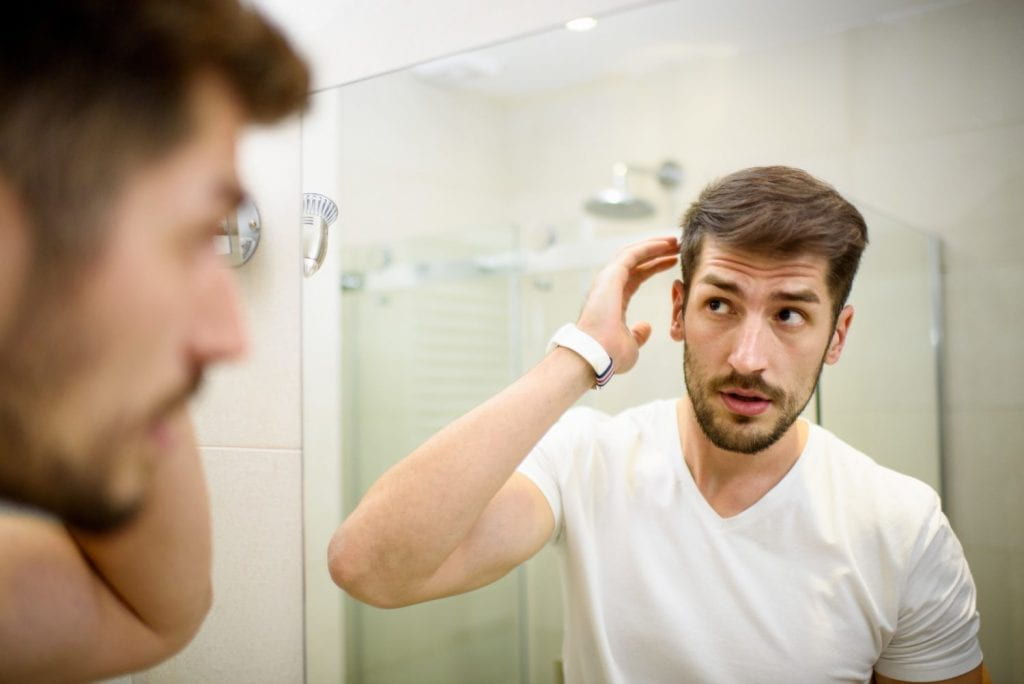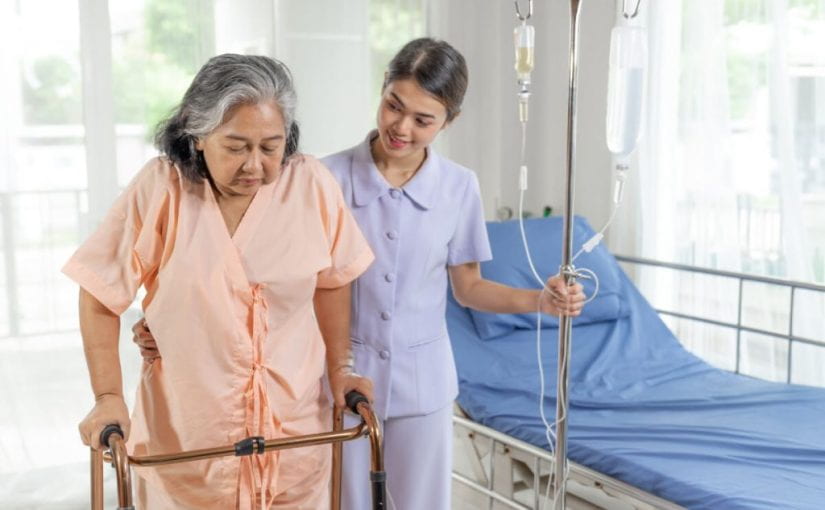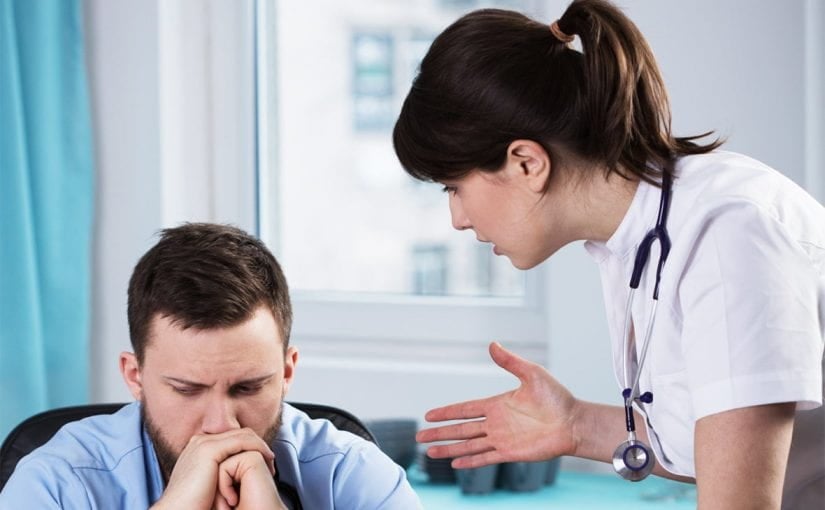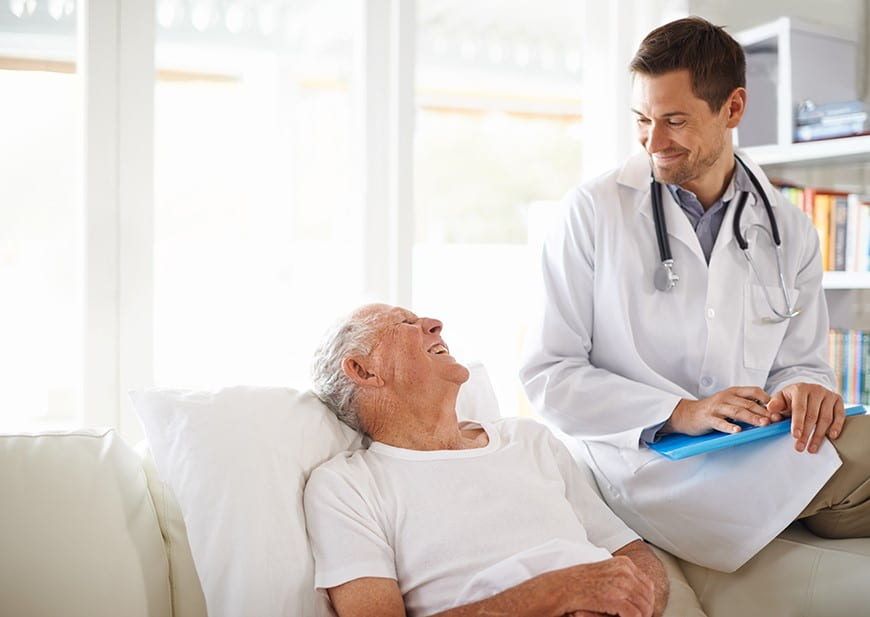Hair loss, particularly male pattern baldness, is a concern that affects millions of people worldwide. With the advancement of modern medical procedures, hair transplants have become a popular solution for combating this issue. However, a common question that arises among individuals considering this treatment is: does a hair transplant permanently solve baldness? In this article, we will explore how hair transplant surgeries work, their effectiveness, and whether they offer a permanent solution to baldness, particularly when opting for a Hair Transplant in Dubai.
Understanding Hair Transplant
A hair transplant is a surgical procedure where hair follicles are removed from one part of the scalp (usually the back or sides) and transplanted to the balding areas. The goal is to restore natural hair growth in areas where hair has thinned or completely fallen out. This technique primarily addresses male pattern baldness, but it can also be used for women suffering from significant hair loss.
Hair transplant surgery has advanced significantly over the years, with techniques such as Follicular Unit Extraction (FUE) and Follicular Unit Transplantation (FUT) offering precise and effective solutions for hair restoration.
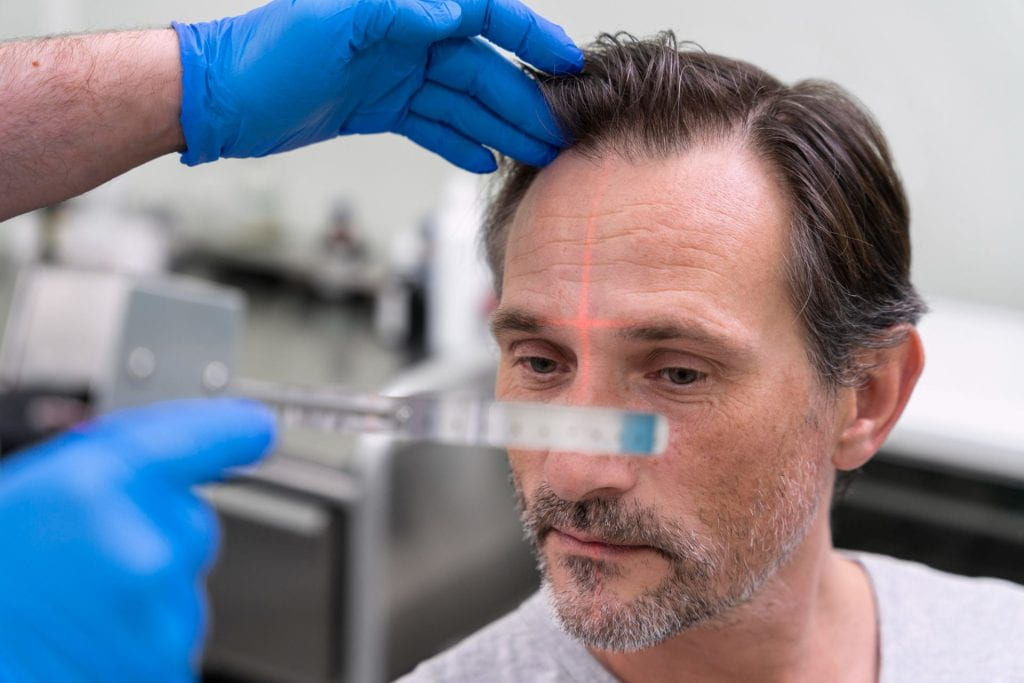
How Does Hair Transplant Work?
Hair transplant procedures generally follow a similar process. The doctor first examines the patient’s scalp to assess the degree of hair loss and determines the best course of action. Depending on the method chosen, the doctor will either remove a strip of tissue from the donor area (FUT) or extract individual follicles (FUE).
Once the hair follicles are harvested, they are carefully placed into tiny incisions made in the balding areas. Over time, these follicles will begin to grow new hair, and patients typically start seeing visible results within several months.
The transplanted hair is permanent because it comes from areas that are genetically resistant to balding. This means that once the follicles are transplanted, they will continue to grow hair throughout the patient’s lifetime.
Benefits of Hair Transplant
While hair transplant is not a one-size-fits-all solution, it offers numerous benefits that make it an appealing choice for those struggling with baldness.
- Natural Results: One of the key advantages of a hair transplant is the natural-looking results. Since the hair is taken from the patient’s own scalp, it grows in a manner that is consistent with their natural hair growth pattern.
- Permanent Solution: As mentioned earlier, the transplanted hair is permanent because it is resistant to hair loss. This provides patients with long-lasting results.
- Minimal Maintenance: After the initial healing period, there is little maintenance required. Patients can enjoy their new hair without the need for constant treatments or medications.
- Increased Confidence: Hair restoration through transplantation can significantly improve one’s self-esteem. The regrowth of natural hair can help patients feel more youthful and confident in their appearance.
- No Scarring: With modern techniques like FUE, scarring is minimal. The tiny incisions made for the hair follicle insertion are virtually invisible, leaving no noticeable scars.
Does a Hair Transplant Permanently Solve Baldness?
Hair transplant surgery can offer a permanent solution to hair loss, but the results depend on several factors.
Genetic Resistance: The hair follicles that are transplanted come from areas of the scalp that are genetically resistant to balding. This ensures that the transplanted hair continues to grow in the balding areas for the long term.
Future Hair Loss: While a hair transplant addresses the current bald spots, it doesn’t prevent future hair loss from occurring in other areas of the scalp. If you are prone to further hair thinning, you might need additional treatments down the line. However, the transplanted hair should remain intact and continue growing.
Proper Care: After a hair transplant, it’s important to follow your doctor’s aftercare instructions to avoid complications and maximize results. Proper care will contribute to the longevity of your new hair growth.
In conclusion, while a hair transplant does provide a permanent solution for the transplanted hair, future hair loss could affect non-transplanted areas. However, with the right care and lifestyle adjustments, the results of the transplant can last a lifetime.
Why Hair Transplant is Considered Permanent
Hair transplants are often considered a permanent solution for hair loss for several reasons:
- Donor Hair Is Resistant to Balding: The donor hair used in transplants comes from areas of the scalp that are resistant to hair loss, meaning they will continue to grow throughout a person’s life.
- Minimal Maintenance After Healing: Once the transplanted hair settles and starts growing, there is little maintenance required, making it a long-lasting solution.
- Long-Term Benefits: Patients who undergo hair transplants often experience significant improvements in hair density and overall scalp coverage, providing them with a youthful, fuller appearance that lasts.
Aftercare for Long-Term Results
To ensure the long-term success of a hair transplant, aftercare is essential. Patients are usually advised to avoid strenuous activities for a few weeks after the surgery, as well as refrain from touching or scratching the transplanted areas.
Doctors typically recommend gentle shampoos and medications to aid the healing process and protect the newly implanted follicles. Staying hydrated, following a healthy diet, and maintaining good scalp hygiene are also important for optimal results.
FAQs
1. How soon will I see results from a hair transplant?
Results typically begin to appear within 3 to 6 months, with full results visible after 9 to 12 months.
2. Can hair transplant work for women?
Yes, hair transplants can be effective for women, particularly those with thinning hair or areas of significant hair loss.
3. Are there any risks associated with hair transplants?
While hair transplants are generally safe, there can be risks like infection, scarring, or temporary hair shedding. It’s important to follow post-operative care instructions carefully.
4. Will the transplanted hair fall out after surgery?
It is common for the transplanted hair to shed during the first few weeks. However, new hair growth will replace it after a few months.
5. Can I undergo a hair transplant if I have advanced hair loss?
A doctor will assess your hair loss severity to determine if you are a suitable candidate. In some cases, hair transplants may be less effective for advanced baldness, and additional treatments may be recommended.
Conclusion
A hair transplant can provide a permanent solution to baldness, restoring natural hair growth in areas of thinning or hair loss. While the transplanted hair is permanent and resistant to further loss, future hair thinning in non-transplanted areas may still occur. However, with proper care and realistic expectations, a hair transplant can significantly improve both the appearance and self-esteem of those affected by hair loss.
